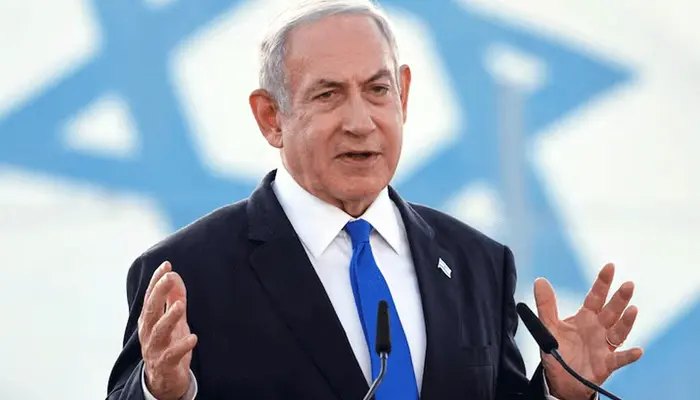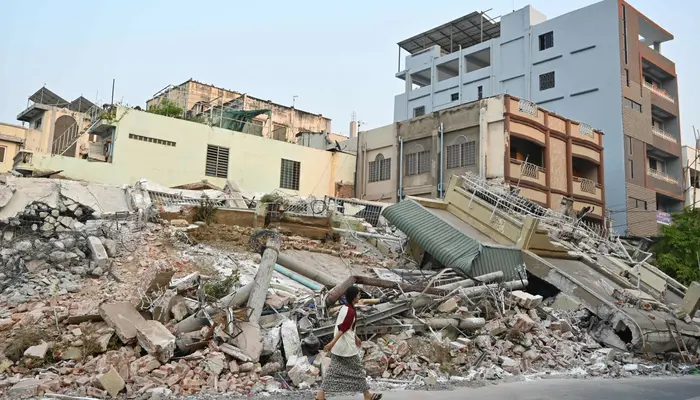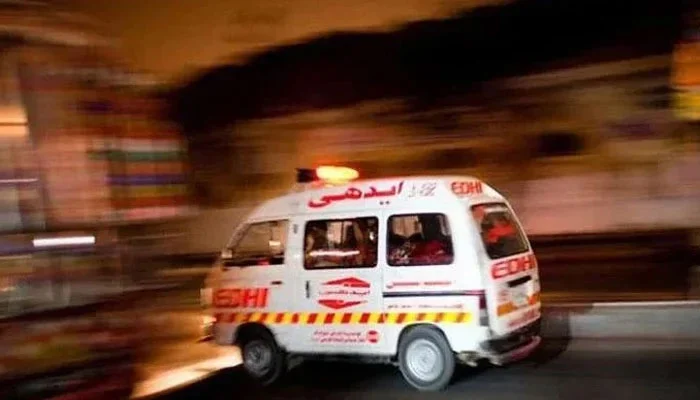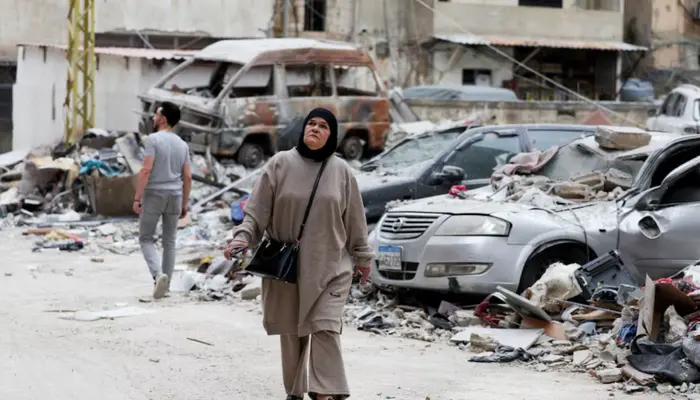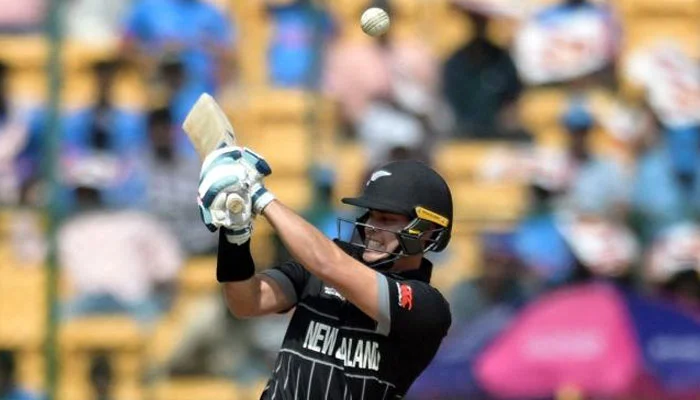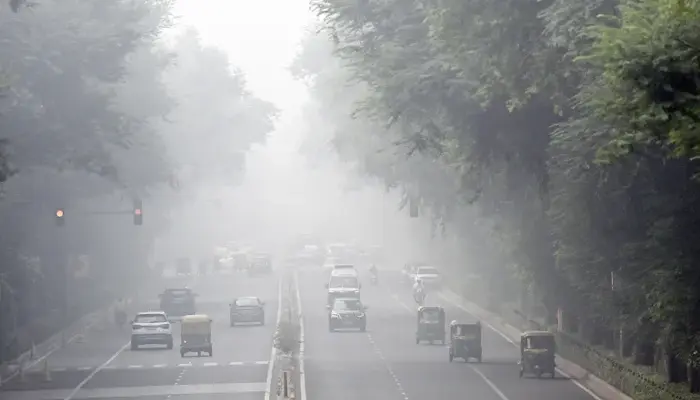
As air pollution intensifies, New Delhi has closed all primary schools, moved classes online, and banned non-essential construction. In a city where winter smog severely impacts public health, officials are intensifying measures to reduce exposure. Toxic air, worsened by PM2.5 particles, has blanketed northern India, including landmarks like the Taj Mahal, with visibility near zero.
Pollution Control Measures
The government has activated additional dust-control measures, including road sprinkling and mechanized sweeping. Flights faced delays, and visibility was reduced to just 300 meters. In response, New Delhi’s administration has urged citizens to limit coal burning, a step aimed at reducing the release of harmful particulates.
Read: Foreign Office Dismisses Reports of Chinese Security Pressure
Rising Health Concerns
Health impacts are becoming increasingly apparent, particularly among children. Pediatricians are noting a rise in respiratory conditions, including asthma and allergic reactions. Hospital visits for respiratory issues have increased sharply, with parents concerned about their children’s exposure to the thick smog. Officials attribute the spike to a combination of stagnant winds, high humidity, and falling temperatures trapping pollutants.
Supreme Court Intervention
India’s Supreme Court recently declared clean air a fundamental right, mandating both state and federal action. Authorities are actively working to address this mandate with stringent measures to combat pollution levels and enhance air quality. Additionally, Lahore, Pakistan, also faces critical air pollution levels, underscoring the regional impact of winter smog.
Follow us on Google News, Instagram, YouTube, Facebook,Whats App, and TikTok for latest updates





